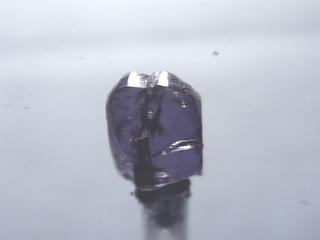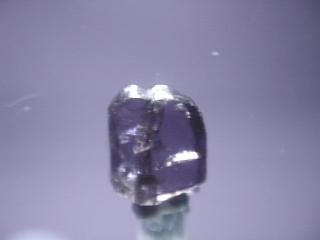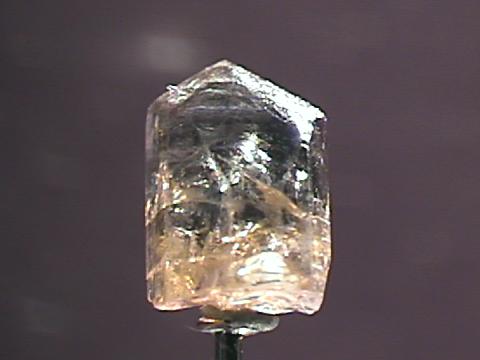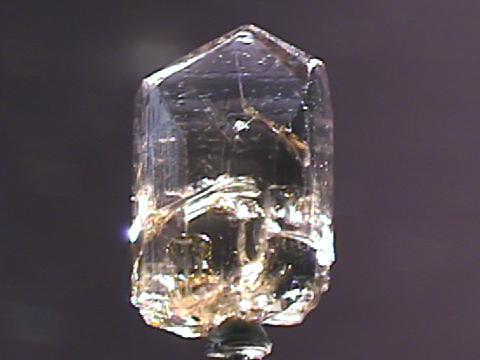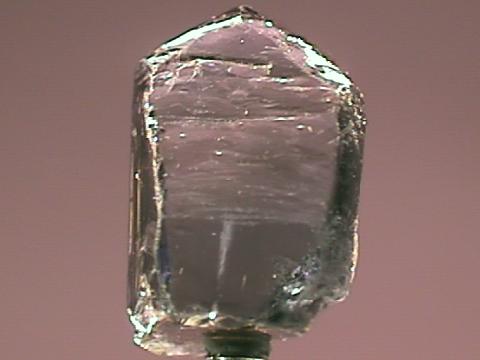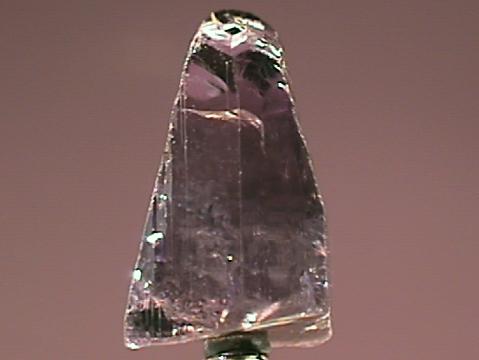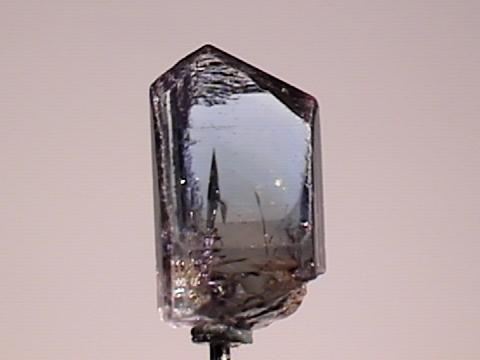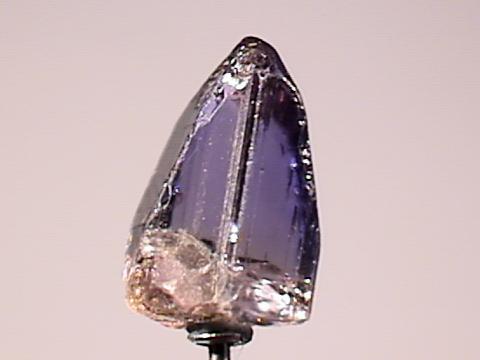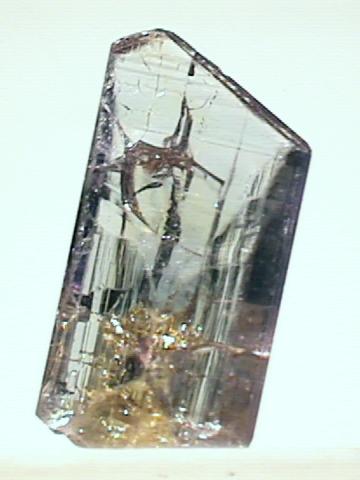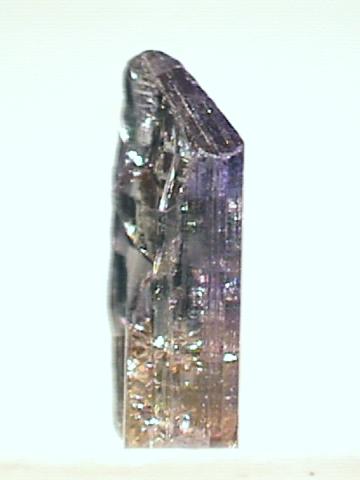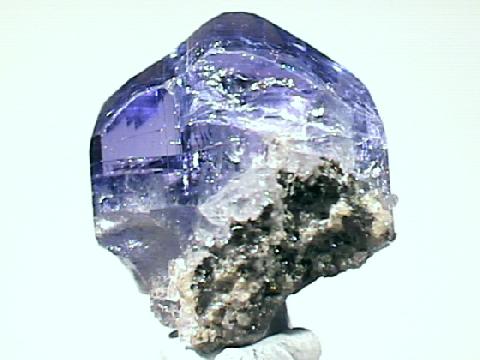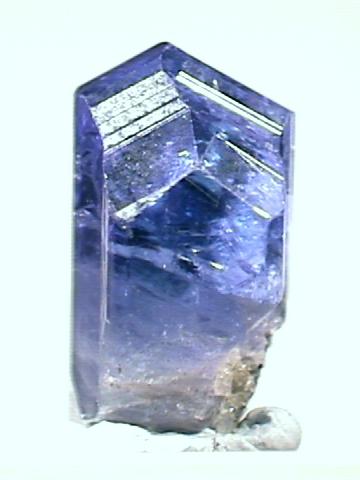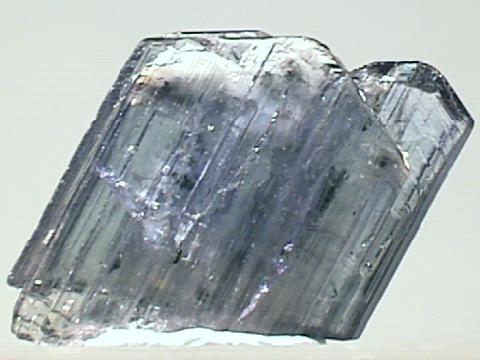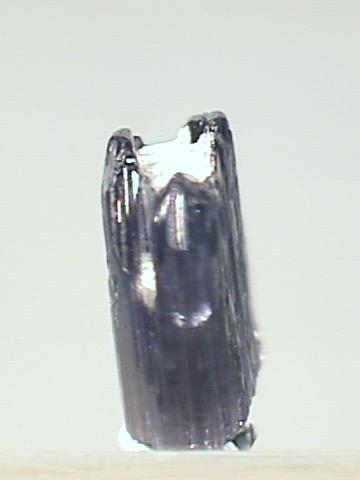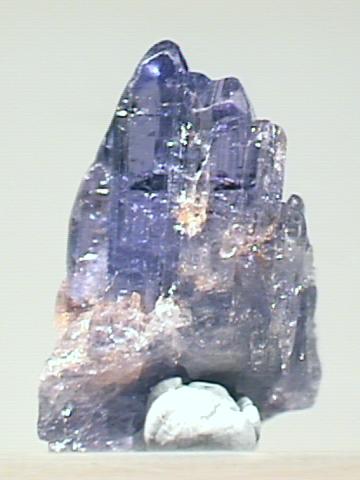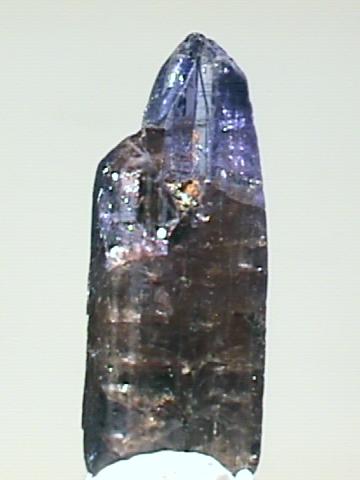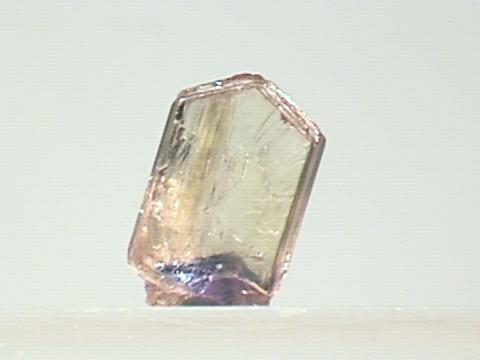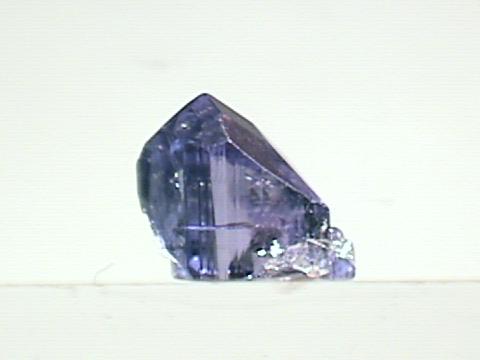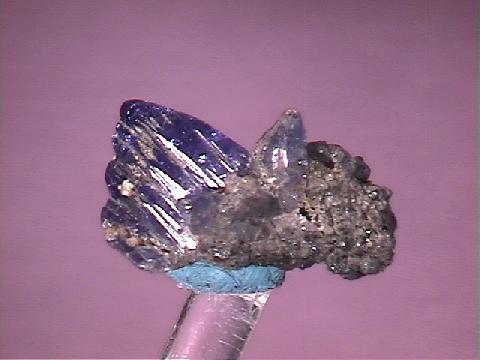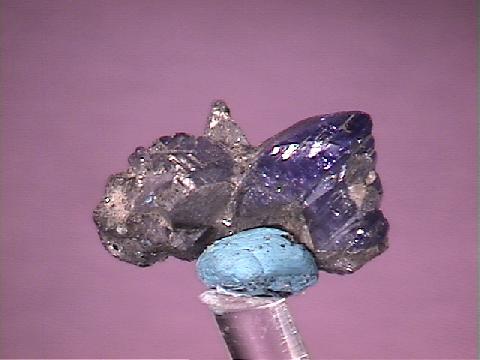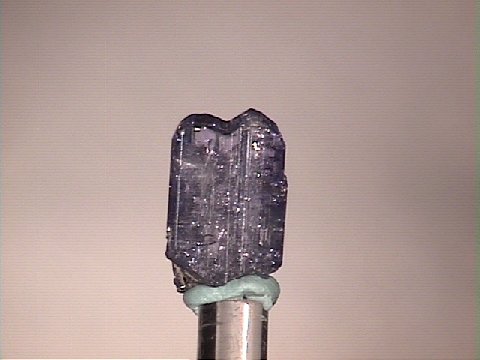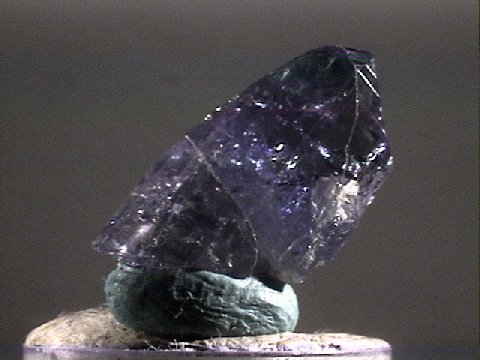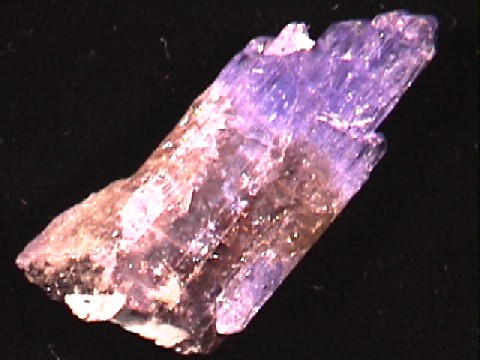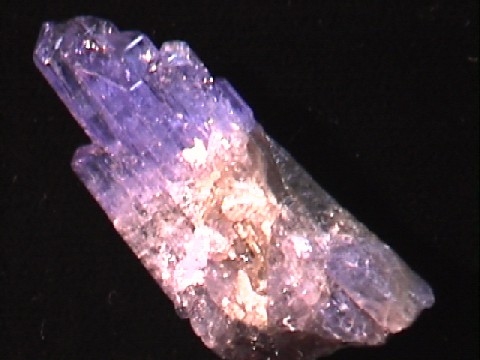 TANZANITE, the gemstone variety of zoisite
TANZANITE, the gemstone variety of zoisite
VARIETY INFORMATION:
- VARIETY OF: Zoisite, Ca2Al3(SiO4)3(OH), Calcium Aluminum Silicate Hydroxide.
- USES: Gemstone
- COLOR: various shades of blue to lavender, deeper along the crystal axis.
- INDEX OF REFRACTION: 1.68 - 1.72
- BIREFRINGENCE: is good
- HARDNESS: 6.5-7
- CLEAVAGE: perfect in one direction
- CRYSTAL SYSTEM: orthorhombic
- For natural tanzanite mineral specimens see our For Sale or Sold lists
Tanzanite is relatively new on the gemstone market, but has left its mark.
Its blue-lavender color is rather unique and a wonderful addition to the gemstone palette.
Found in Tanzania (hence the name) in 1967, it has since become a well known and widely distributed gemstone.
It has become so popular that in October of 2002 the American Gem Trade
Association (AGTA) announced that tanzanite had joined
zircon and
turquoise in
the traditional list of birthstones for the month of December.
It has better fire than the tourmaline elbaite or peridot and an adequate hardness.
Its only one direction of cleavage is somewhat of a problem because it is oriented with the direction of strongest pleochroism.
This would be a problem in most gemstones because that is the direction the gemcutter would usually select to maximize the color.
However, with tanzanite the color is usually strong enough anyway.
Pleochroism is very pronounced in tanzanite and is seen as three different color shades in the same stone.
In the viewing of a tanzanite stone from different angles, the colors dark-blue, green-yellow and red-purple can
all be seen as a result of the pleochroism.
Lesser stones may have a brownish color due to the mixing of blue, purple and green.
These stones are usually heat treated to a deep blue color.
Iolite is a blue-violet gemstone variety of the mineral cordierite, has strong pleochroism and can be confused with tanzanite.
However, iolite is usually less strongly colored, its pleochroic colors vary from blue-violet to yellowish gray to blue and it has less fire.
Nearly all tanzanite has been heat treated to generate the beautiful violet-blue
color this stone is known for. When first mined, most stones are a muted
green color. The only known source of Tanzanite is a
five square mile hilltop at Merelani, ten miles south of the
Kilimanjaro International Airport in Tanzania.
|




